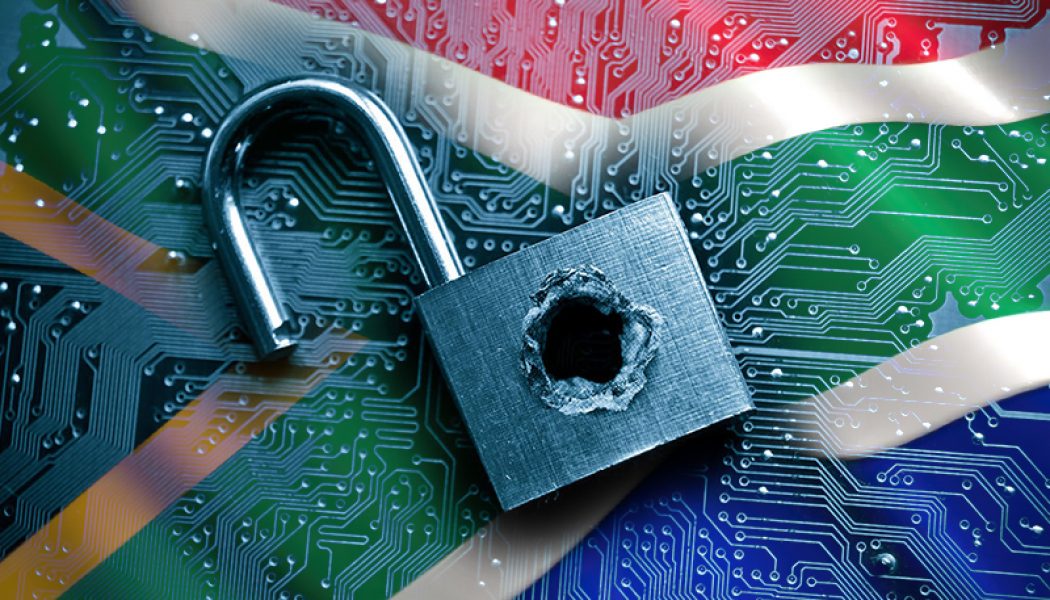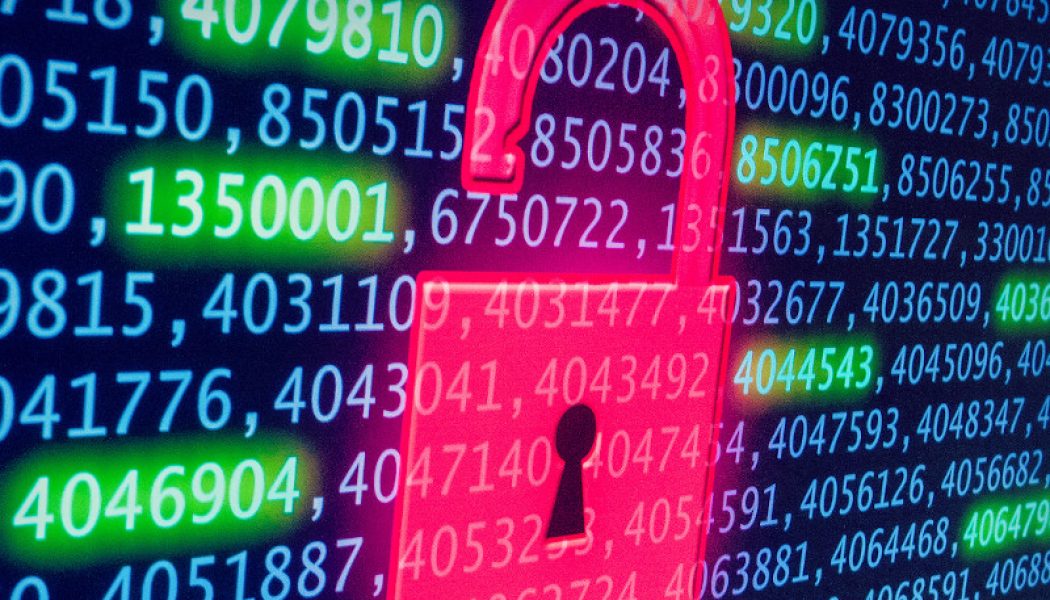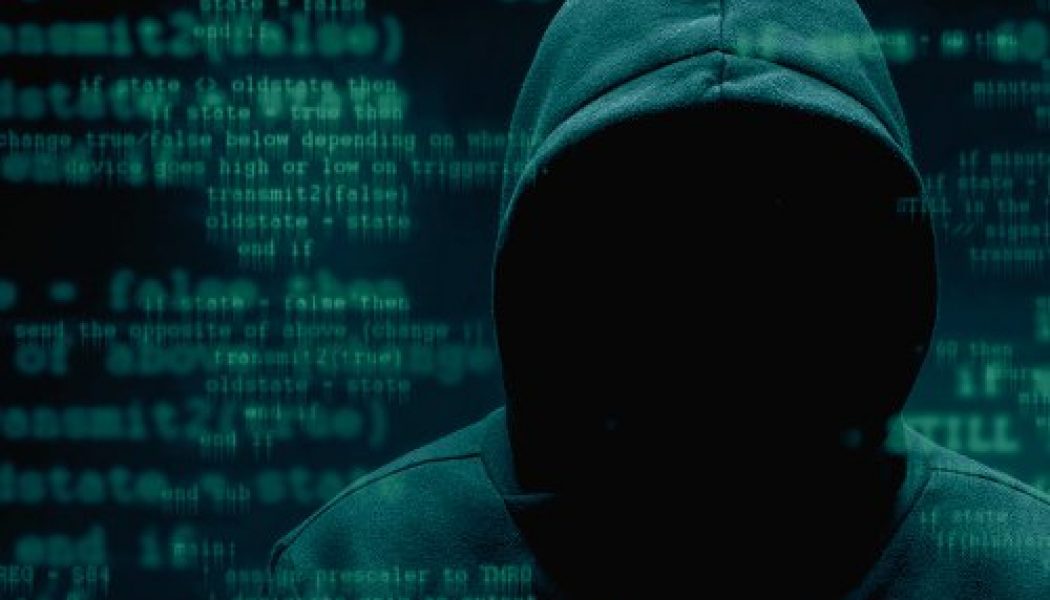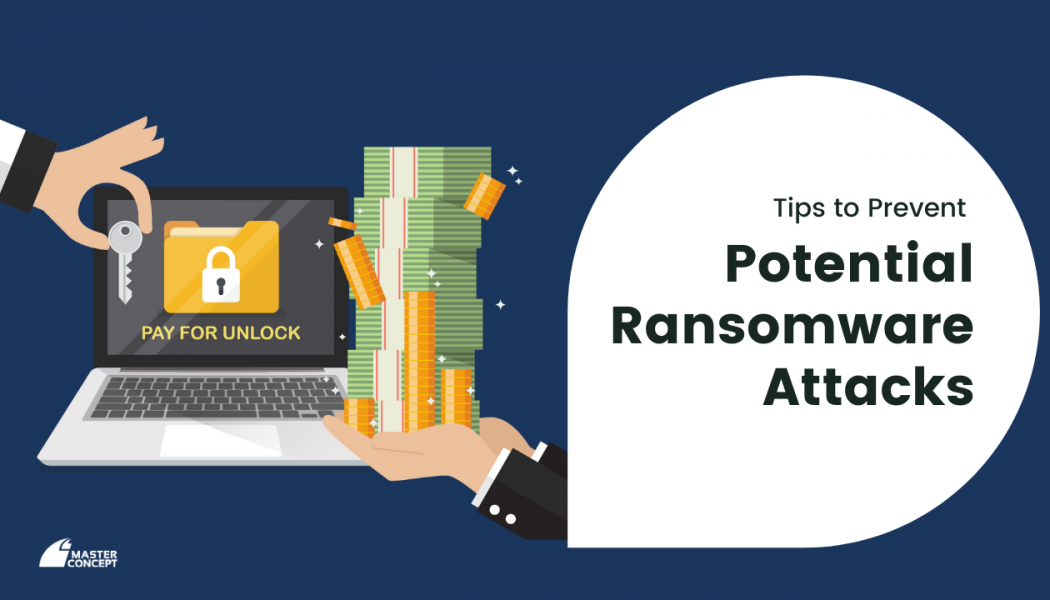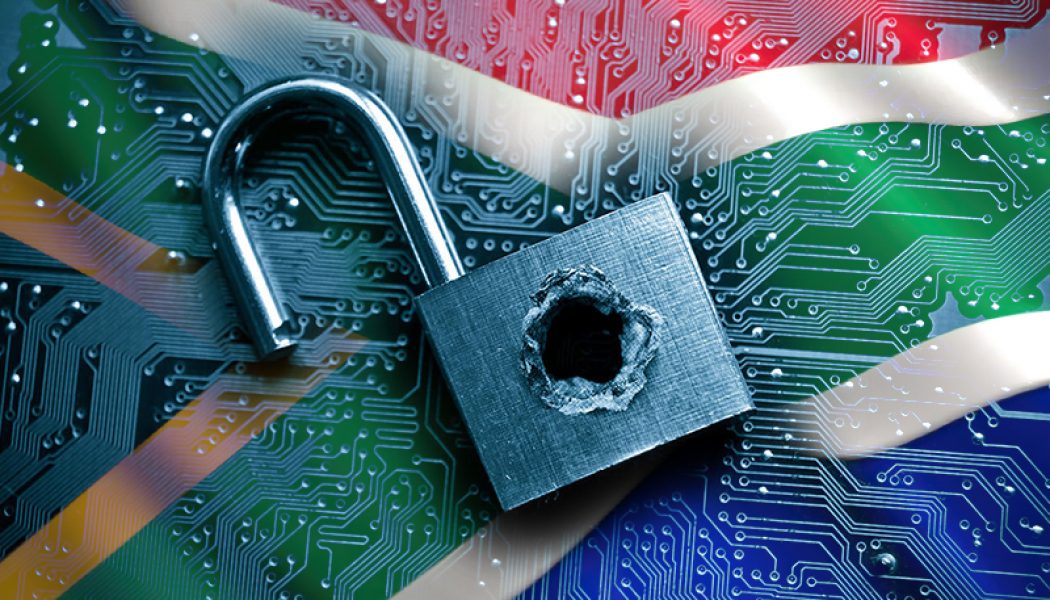ransomware attacks
Why Immutable Architecture is Key to Protecting Backup Data
Ransomware and other malware are a constant threat, and data backup is critical to safeguard a business’ most important asset. However, cybercriminals are increasingly targeting and encrypting backup data copies as well, a strategy that leaves organisations unable to recover unless they pay the ransom. Keeping an immutable copy of backup data is a best practice for data protection and is the solution in the event of a successful two-pronged ransomware attack. What is an immutable architecture? For data to be immutable means that it is unable to be changed over a period of time. With an immutable architecture, when retention policies are set for data backup and recovery, data will be secured, locked and unchangeable for that retention period. This in turn means that it cannot be encrypted b...
South Africa Ranked as 3rd Most Targeted Country by Ransomware
Over the last few years, the number of users encountering targeted ransomware – malware used to extort money from high-profile targets, such as corporations, government agencies, and municipal organisations – increased by 767%. This increase in targeted ransomware occurred alongside a 29% decrease in the overall number of users affected by any kind of ransomware, with WannaCry still the most frequently encountered family. These are among the most important findings in Kaspersky’s recent report on the ransomware landscape from 2019-2020. The ransomware threat – when attackers encrypt private information and hold it to ransom – became mainstream news in the 2010s following large-scale outbreaks, such as WannaCry and Cryptolocker. They targeted tens of thousands of users and often requested r...
Are BaaS Solutions the Answer to Spike in Ransomware Attacks?
With an ever-growing number of people working from home, primarily due to the global COVID-19 pandemic, cybersecurity attacks are on the rise, meaning that dealing with security risks is an ongoing journey for enterprises. IDC predicts that by 2023, 60% of data will be generated at the edge by people working from home and from devices outside of the corporate firewall. While at the same time, many corporate cloud services are already being rendered from locations outside the data centre. This has given rise to ransomware attacks as many employees who are working remotely have their firewalls and access points configured to allow remote access. This has also seen an increase in ransomware attacks against Software-as-a-Service (SaaS) applications. While SaaS applications are generally secure...
Research Shows an Increase in Ransomware Attacks on South African Companies
South Africa is firmly in the sights of international cybercrime syndicates, who have been ramping up their attacks on local companies in the past six months – reveals cybersecurity defence, offence and protection specialist, Nclose. Martin Potgieter, Co-Founder of Nclose, says the Nview MDR team have detected a significant uptick in the number of attempts made against local customers in recent months. “We, and our colleagues in the cybersecurity sector, are seeing a surge in cybercrime activity – in particular ransomware attacks,” he says. “There has definitely been an increase in syndicates that make use of humans to launch and coordinate their attacks, they are not just relying on automated ransomware attacks.” Stephen Osler, Co-Founder at Nclose, says South African companies typical...
One-in-Three Ransomware Attacks Target Corporate Users
Sourced from Kaspersky On May 12, 2017, the largest ransomware epidemic in history, WannaCry, reached its peak. Three years later, this and other ransomware threats are still affecting people and companies. Recent Kaspersky research has revealed that in 2019, WannaCry kept its position at the top of the most prevalent ransomware families, while almost a third (30%) of those targeted by ransomware were corporate users. On 12 May 2020, Kaspersky and INTERPOL continue to urge organisations to think about backing up their data and adopting relevant protection so that they could avoid any potential ransomware siege and a catastrophe similar to WannaCry doesn’t happen again. Ransomware has become a big challenge for many organisations. Even though this is not the most advanced threat from a tech...
- 1
- 2


